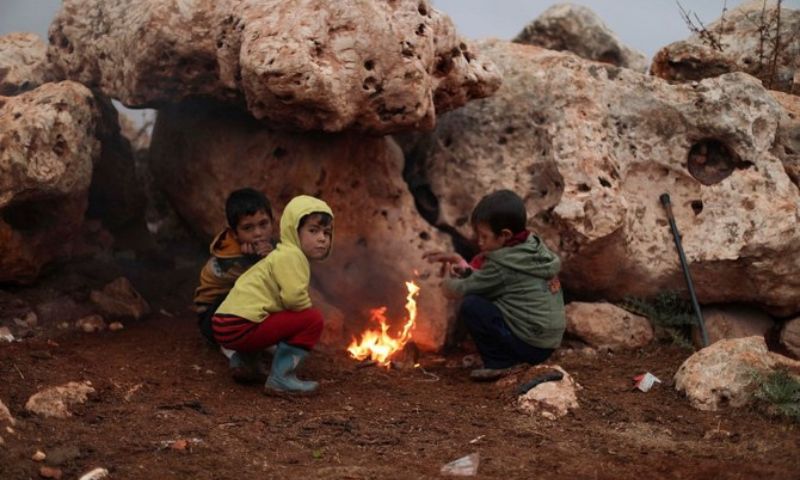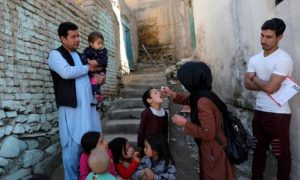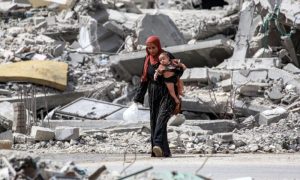DAMASCUS: Syrians who have been displaced by war and are residing in camps in the northwest of the country are preparing for another challenging winter marked by surging fuel prices, diminishing humanitarian aid, and a scarcity of employment opportunities.
Abdul Salam Al-Youssef, aged 53, forced to leave his home in Al-Tah, south of Idlib, shared his plight, stating, “We have been in random camps for three years, lacking the minimum necessities of life, and our suffering increases at the beginning of each winter. As family heads, we bear the burden of substantial expenses as the costs of all heating methods surpass $150. Additionally, the prices of heaters are prohibitively high, making these financial responsibilities challenging for us to manage.”
He highlighted the deteriorating condition of the tents, which have been the homes for many over the past three years, becoming worn and letting in water.
Khaled Abdel Rahman, hailing from Al-Tah, expressed a parallel sentiment, stating, “I’ve faced displacement for five years, and with each approaching winter, concerns loom large. Initially, we received assistance for heating materials at the onset of every winter, but this support has dwindled each year. In the last two years, resorting to burning nylon garbage or plastic containers became a necessity. Regrettably, these materials pose health risks, particularly for children. We resort to such measures due to our inability to afford the increasingly expensive heating materials.”
With the average price of a ton of firewood reaching about $150, the ability to purchase even a single kilo in such dire conditions is beyond their means.
The Syria Response Coordinators team reported that displaced people account for almost half of the more than 6 million individuals now residing in northwest Syria. Of this population, over 2 million, including 600,000 women, 888,000 children, and 84,000 people with special needs, live in the region’s camps. The amount of humanitarian aid provided to these camps has been steadily decreasing since 2021.
























